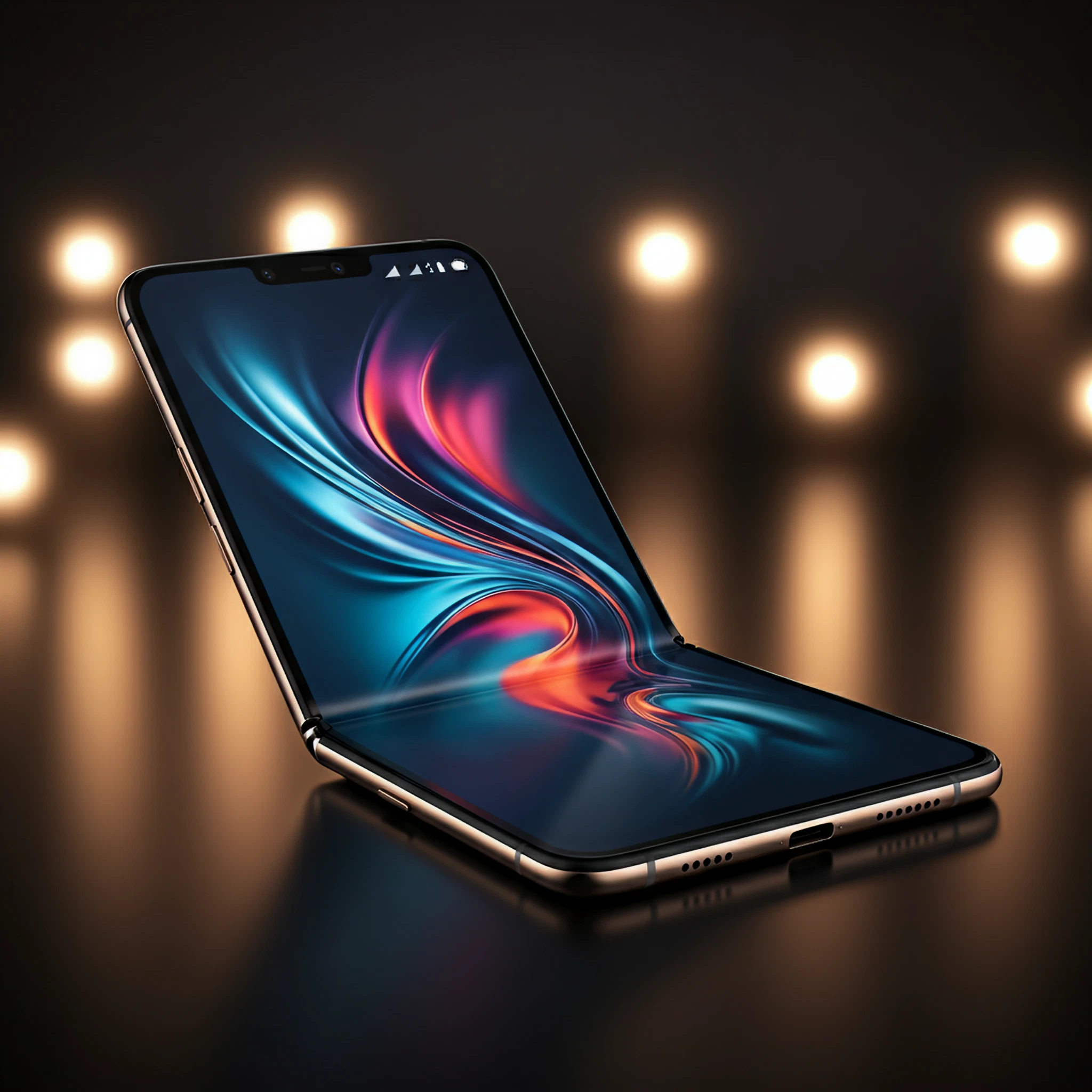When Apple steps into the foldable phone market with the much-anticipated iPhone Fold, it won’t just be another competitor. What sets Apple apart isn’t just hardware innovation or sleek design (though those are almost guaranteed). It’s a key feature that has taken shape over the past decade and could give the iPhone Fold an undeniable edge against its Android rivals.
This standout feature? Apple’s adaptive app ecosystem, which was quietly but intentionally introduced over ten years ago.
A Decade of Adaptive Layouts
Back in 2014, during Apple’s Worldwide Developers Conference (WWDC), the company introduced “size classes” for iOS apps. These tools allowed developers to create adaptive layouts capable of dynamically adjusting to different screen sizes. Initially rolled out to ensure apps worked well on the larger iPhone 6 and 6 Plus, this system laid the groundwork for responsive apps across the Apple ecosystem.
Fast forward a year to 2015, and these tools became even more important with the release of iOS 9. This update introduced multitasking features like Split View and Slide Over on iPads, further solidifying the need for apps to be fluid and responsive to varying display sizes.
Now, what started as a necessity for transitioning to larger phone screens and multitasking iPads may become the iPhone Fold’s crown jewel feature.
Why the iPhone Fold’s App Experience Will Outshine Android
The foldable phone market has seen significant growth, primarily dominated by Android devices from Samsung, Huawei, and others. But despite years of advancements in foldable hardware, one persistent issue remains for Android users: poor app optimization.
Android foldables often come with fragmented user experiences. Many Android apps don’t adapt well to larger, open-screen formats, creating clunky or inconsistent layouts. It’s a gap that Apple is uniquely positioned to fill with its foldable iPhone.
Here’s why:
- Unparalleled App Ecosystem
Apple’s app ecosystem is tightly knit and well-optimized. Developers have spent years building adaptive apps for iPhones, iPads, and MacBooks. Features such as Split View have already made layout flexibility a priority for app developers.
The iPhone Fold, with its rumored 7.8-inch inner display (similar in size to an iPad mini), will seamlessly run iPad-class apps when unfolded and iPhone-size apps when folded. This “day-one readiness” is a stark contrast to the fragmented app experiences seen on many Android foldables.
- Leveraging the iPad Advantage
Apple’s iPad product line has long been the gold standard for mobile productivity, partially due to its vast library of apps optimized for larger displays. Many iPhone apps already have iPad counterparts, ensuring users of the iPhone Fold have access to premium, polished apps out of the box.
- Minimal Developer Workload
Thanks to years of building adaptive layouts, developers won’t need to overhaul their apps for the new device. Much of the groundwork was laid as early as 2014. Developers can focus on minor tweaks, knowing their apps will look and perform beautifully on the iPhone Fold.
The Hardware-Software Symbiosis
While adaptive apps are the iPhone Fold’s potential trump card, Apple isn’t skimping on hardware either. The device is expected to feature an ultra-durable hinge, a vivid OLED display with a seamless fold, and integration with Apple’s ecosystem of devices.
But where Apple phones have always stood apart is the way the software and hardware work in harmony. The iPhone Fold embodies this principle. The adaptive design and existing app ecosystem ensure the hardware’s foldable potential is fully utilized, creating a device that doesn’t just stand out but changes the game.
A Competitive Advantage Built Over Time
The importance of Apple’s ten-year investment in adaptive layouts becomes glaringly clear when looking at its competitors.
Take Samsung, for example, a leader in the foldable market. While their hardware innovation is commendable, user reviews often point to a less-than-optimized Android app ecosystem. Apps frequently don’t scale properly or fail to make full use of the foldable screen, leading to a subpar experience.
Apple’s calculated long game has prepared it to sidestep this issue. By leaning into its iPad-driven app ecosystem and adaptive design toolkit, the iPhone Fold will likely provide a polished and seamless experience out of the gate.
The Future of Foldables
Apple’s entry into the foldable phone space doesn’t just signify a new device; it represents a paradigm shift. Far from being an experiment, the iPhone Fold brings calculated innovation, supported by a decade of groundwork.
This deliberate approach puts the iPhone Fold in a league of its own. It won’t just compete with Android foldables; it might redefine what consumers expect from foldable technology altogether.
If Apple’s track record is any indication, the iPhone Fold could quickly become the gold standard for foldable devices. And for tech enthusiasts, Apple fans, and investors alike, it’s an exciting moment to witness how years of preparation finally come to life.
What’s your take? Would you consider buying the iPhone Fold? Share your thoughts and join the discussion!
P.S. Stay tuned for the iPhone Fold’s big reveal – this could be the foldable breakthrough we’ve all been waiting for.








